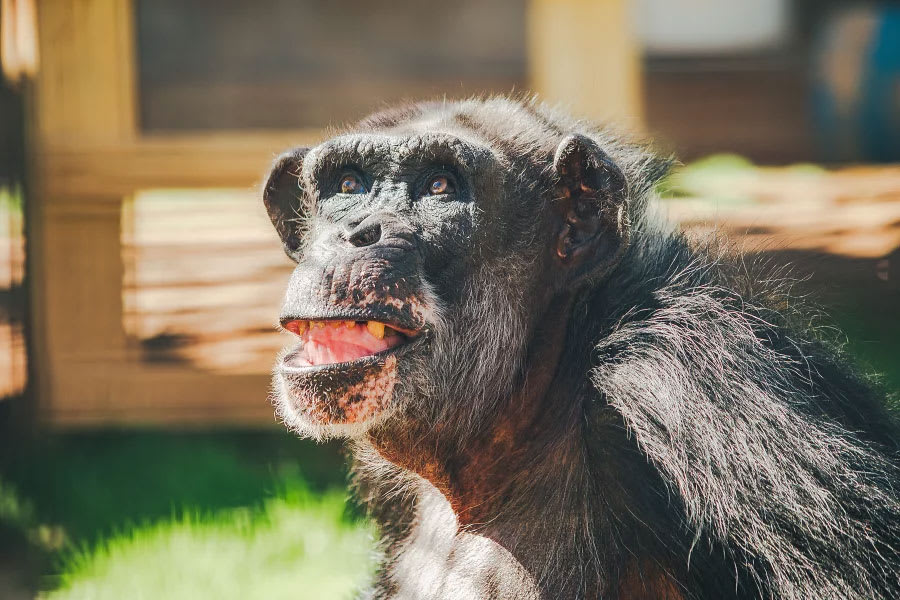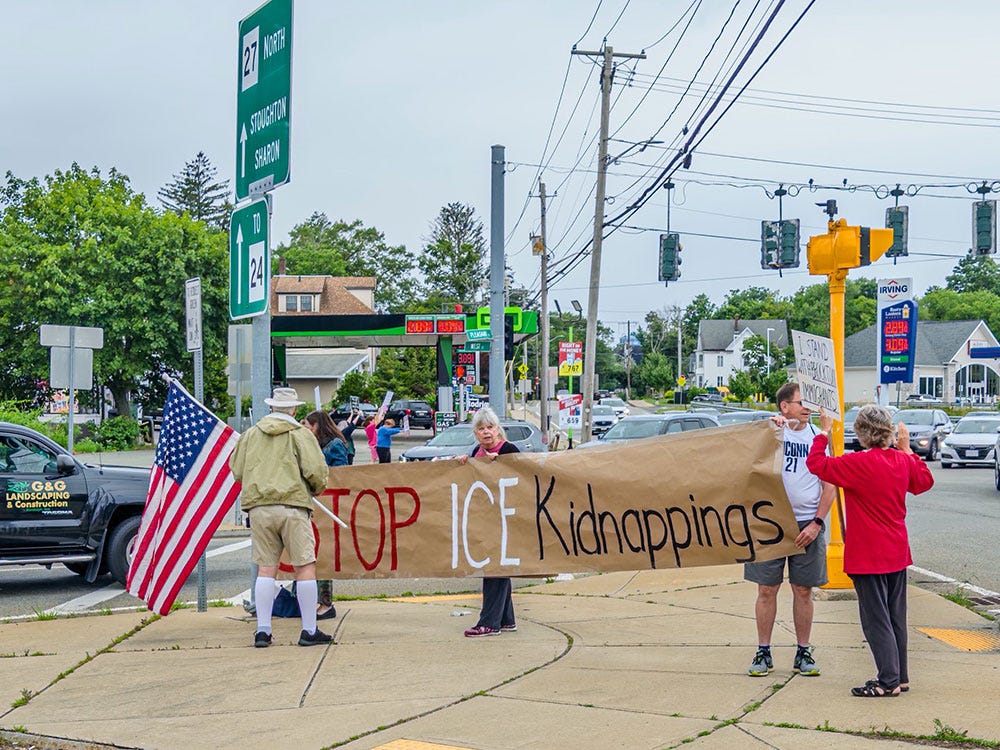To my much-appreciated, supportive paying subscribers: I’ve extended the pause on billing. I want to take payments up again when I’m fairly certain and ready to publish regularly, once a week, on the same day of the week. I’m not there yet because I get distracted all the time. THE NEWS. I bet we all struggle. How to stay informed without becoming overwhelmed? When every day one thinks it can’t get worse, and then it does. And when some things are so utterly ridiculous that it seems they must come from the Onion, but no – it’s true – Trump is selling perfume (Bluesky link).
To completely shut it out, simply ignore the news, that’s not an option. I’ve long since cancelled my subscription to the New York Times and I don’t watch any TV News channels, but I read The Guardian and a number of Substack writers and commentators. Oh, and Bluesky. Often I get ideas for future articles. For example, Robert Reich quoted Elon Musk on July 1: “ ‘The fundamental weakness of Western civilization is empathy,’ Musk said, adding that liberals and progressives are ‘exploiting a bug in Western civilization, which is the empathy response.’ “ This sounded a lot like Ayn Rand, and I want to write about her, but instead of just noting this down and then continuing with the piece I’m working on, I start some research and go down several rabbit holes.
And then I read the comments! I just found a CNN report about ICEBlock, an app that alerts people to sightings of nearby ICE agents. It’s only available for iOS platforms because Android isn’t secure enough, so I couldn’t check it out, but there’s also SignalSafe, which is similar, I guess. But the CNN article had many comments, and a lot of them were plain awful… Ignorant, entitled, prejudiced, stupid people. Why do I bother reading these comments; I’m sure in their eyes I’m a dangerous commie who invites criminals to this country so they can vote and who gets paid for going to rallies. And yet, I waste time reading them.
I guess this is meant to be an apology for being unregular and late, or better, an explanation. Maybe also a question: do you experience the same dilemma? Having time syphoned off every day by what’s going on? If you found a good solution, please let me know.
And now to this post’s main content. It isn’t really news any more because it happened a few months ago. But I figure we can all use a few joyful moments, and I bet most people don’t even know it happened.
In April, the last chimpanzees from a former National Institute of Health (NIH) research facility finally arrived at Chimp Haven – a federal sanctuary located in Louisiana which was founded in 1995 in order to provide an adequate environment for chimps who had spent most of their lives in biomedical research premises. These 21 chimps came from a primate facility in Alamogordo in New Mexico, and their release ended a long waiting period which was unnecessarily extended because NIH representatives had declared that the animals were too old and frail for transport. Some of them had spent 50 years in a lab! Luckily, the organizations fighting for the chimps’ freedom didn’t give up.
The history of the Alamogordo Primate Facility (APF) is absolutely dismal. Although invasive testing at APF had stopped in 2001, twenty of the APF chimps were moved in 2010 to the Southwest National Primate Research Center at Texas Biomedical Research Institute. The plan was to make theAPF chimps once again available for invasive testing, exposing them to diseases such as hepatitis and HIV, making them endure biopsies and blood tests. When this became public, the opposition from concerned individuals and animal advocacy organizations was fierce. A coalition led by former New Mexico governor Bill Richardson’s Center for Global Engagement, consisting of Animal Protection New Mexico , the Humane Society of the United States, the Physicians Committee for Responsible Medicine, People for the Ethical Treatment of Animals and 25,000 concerned citizens stood up to protect the nearly 200 chimpanzees held at Alamogordo.
The result was that in 2016, the 19 New Mexico chimpanzees that were confined in Texas were transported to Chimp Haven, where they finally could live the life they deserve. The driving force was Animal Protection of New Mexico (APNM), and Elijah, Opal, Rosie, Cammy and Theo, the first chimps to leave, became the face of APNM’s movement to protect chimpanzees.

Most of the other APF chimps, over 200, moved to Chimp Haven as well, but in 2019 NIH decided that the remaining animals, between 34 and 62 years old, were too frail to be relocated because of their health conditions. Also, NIH claimed, they were adequately looked after by contracted veterinarians and caregivers. Never mind that the facility was absolutely not species-appropriate and the animals had no chance to socialize.
In 2021 APNM joined the Humane Society of the United States and the Humane Society Legislative Fund in a lawsuit charging NIH with violating federal law because it would not allow the 44 surviving chimpanzees to be sent to the sanctuary. At least nine chimpanzees had died — more than half of them were euthanized — since the October 2019 announcement.
In November of 2024, officials at NIH reversed their decision that the remaining chimps had to stay in New Mexico and allowed them to go to Chimp Haven. Not because they decided it would benefit the animals; no; officials had learned that the chimps' longtime caregivers were going to be retiring and the staff would be difficult to replace.
That’s why finally, over the last few months, 21 chimps have been moved from APF to the sanctuary. This took place over four different transports.
Primates at Chimp Haven generally live in larger social groups than is typical in research facilities. They also have access to wooded, forested areas, resembling their natural habitat more than the Alamogordo site.

And how are they faring in their new home? The only place they’ve ever known that can be called home? Well, Al and Kamaka for example, two old friends who are both in their 50s, are experiencing a whole new world at Chimp Haven: they’re meeting females. Although they were both born in the wild, they ended up in captivity as babies. And at APF they were not allowed to live or interact with females. Once they were at Chimp Haven, they right away fell in love with the ladies!
There are no more chimps at Alamogordo.





